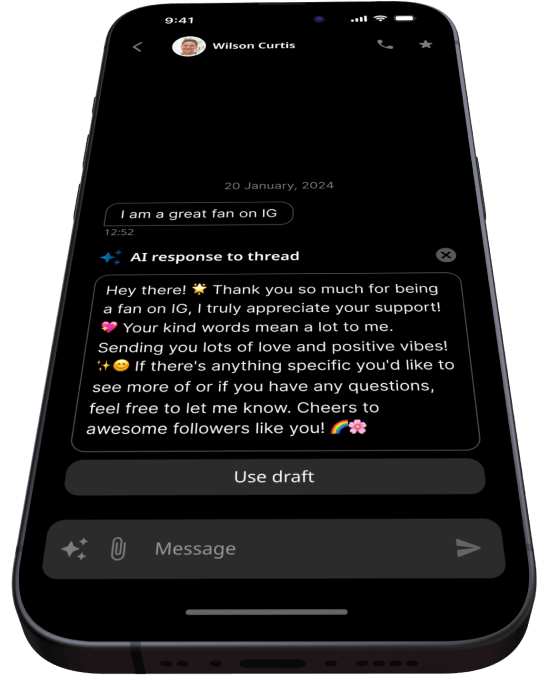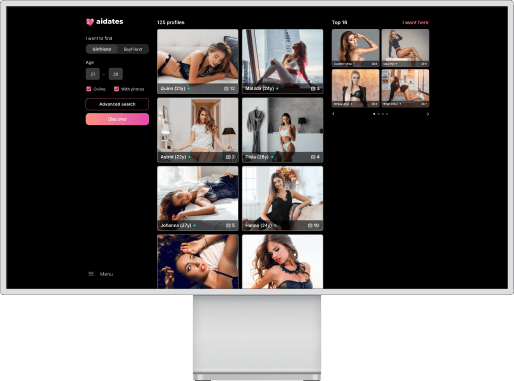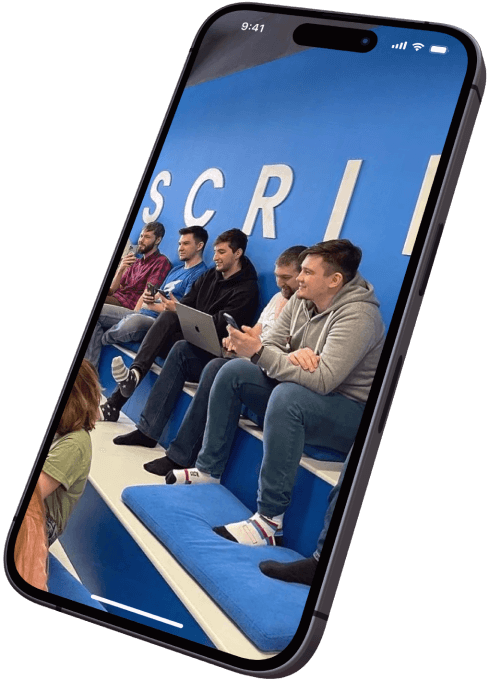Unlock the AI potential with Scrile

AI avatar services
Create and customize with AI avatar technology
Professional AI avatar software
Tailor-made avatars to enhance digital interactions
Customization tools
Avatar customization to reflect unique identities
AI-powered meeting solutions
Enhance your meetings with AI-driven transcription
Real-time AI transcription
Instantly convert speech to text during meetings
Secure AI transcription
Keep your data safe with our encrypted platforms

Custom AI solutions
Improve customer experiences with smart AI

AI-personalized messaging
Engage customers with tailored interactions

AI-driven solutions
Improve response rates and satisfaction with AI responses
AI dating and texting platforms
Monetize relationships with AI
Custom AI dating site
Start and scale your AI dating app
AI texting platform
Build engaging, monetizable texting services

AI personal assistants
Innovate with personalized AI assistants

Launch your AI assistant
Enhance user interaction and operational efficiency
Maximize profits with AI
Create and deploy custom AI solutions
Why choose Scrile?
Your partner for innovative AI solutions
Fast to Market
Quick deployment of robust AI solutions
Tailored to Your Needs
Fully customizable solutions that grow with your business
End-to-End Support
From concept to launch, we're with you every step




